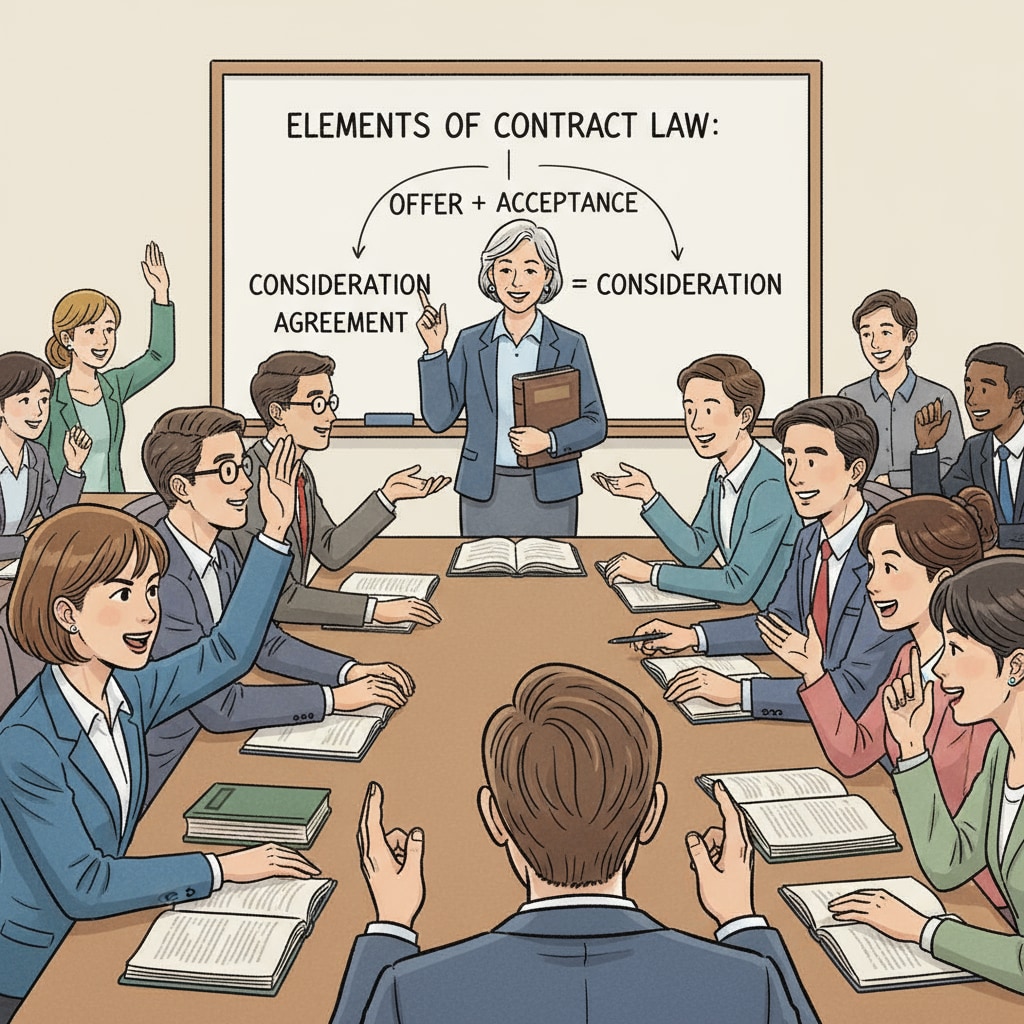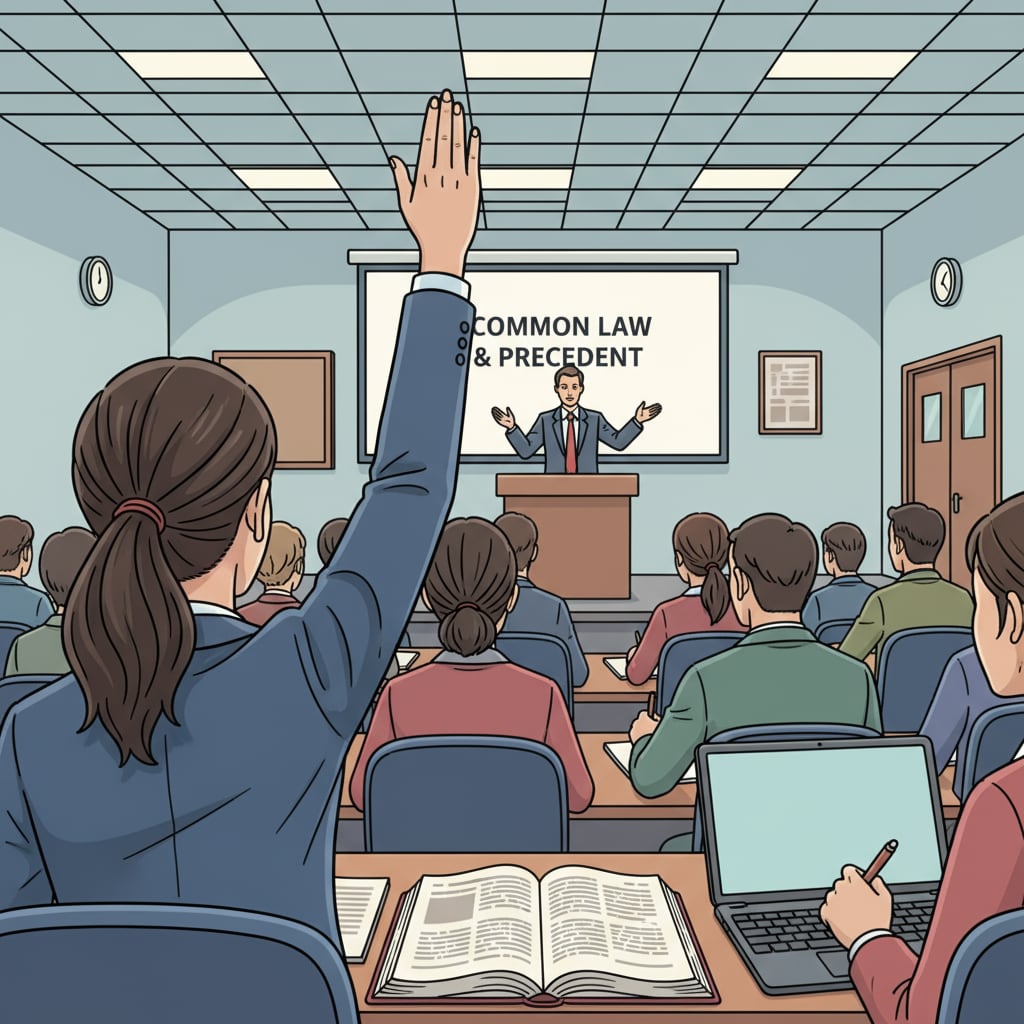In law school learning, the transition from passive reading to active Q&A learning, combined with active recall and spaced repetition, is a game – changer. This transformation not only enriches the learning experience but also significantly boosts academic performance. For example, traditional passive reading often leads to surface – level understanding, while active learning delves deeper into legal concepts.

The Limitations of Passive Reading in Law School
Passive reading in law school typically involves students simply going through textbooks and lecture notes. This method has its drawbacks. Firstly, it fails to engage students actively. As a result, information retention is often poor. Students may read pages upon pages of legal texts but struggle to recall key points later. According to Education psychology on Wikipedia, passive reading lacks the cognitive engagement needed for deep learning. Secondly, it doesn’t encourage critical thinking. Law is a complex field that requires analysis and interpretation, which passive reading rarely promotes.
The Power of Active Q&A Learning
Active Q&A learning in law school flips the script. It encourages students to ask questions, debate, and engage in discussions. When students ask questions, they are forced to think critically about the material. For instance, in a contract law class, students might question the enforceability of certain clauses. This process of inquiry helps them understand the law’s nuances better. Moreover, answering questions posed by peers or professors sharpens their communication and argumentative skills. As stated in Educational theory on Britannica, active learning promotes deeper understanding and better retention of knowledge.

Active recall is an essential part of this active learning approach. It involves retrieving information from memory without the aid of external cues. In law school, this could mean students testing themselves on case facts or legal principles. By practicing active recall, students strengthen their memory traces, making it easier to recall information during exams or real – world legal scenarios.
The Role of Spaced Repetition
Spaced repetition is another powerful tool in law school learning. It involves reviewing information at increasing intervals over time. For example, a student might review a set of criminal law notes after a day, then after a week, and then after a month. This method capitalizes on the spacing effect, which states that information is better retained when reviewed at spaced intervals. Spaced repetition helps move information from short – term to long – term memory, ensuring that legal knowledge stays with students for the long haul.
In conclusion, law school learning can be enhanced by embracing the shift from passive reading to active Q&A learning, while integrating active recall and spaced repetition. These strategies empower students to take control of their learning, leading to a more profound understanding of the law and better academic outcomes. Readability guidance: The use of short paragraphs and lists here helps summarize key points. Each section has clear headings, and transition words like ‘firstly’,’secondly’, ‘moreover’ are used to enhance flow. The passive语态 is kept to a minimum, and the sentences are of appropriate length for better readability.


